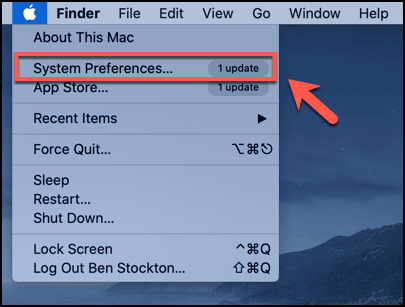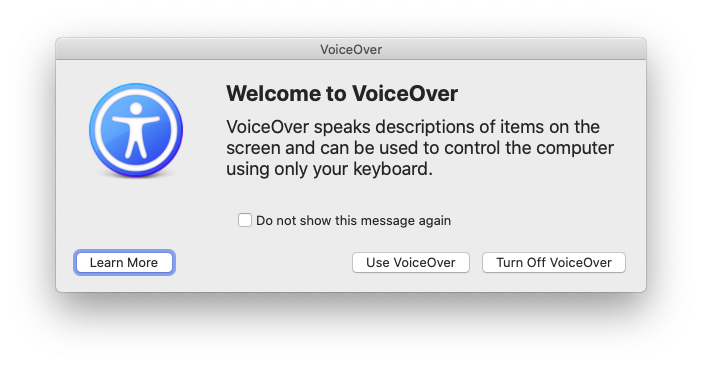
- #Mac audio input switches by itself pro
- #Mac audio input switches by itself software
- #Mac audio input switches by itself mac
- #Mac audio input switches by itself windows
Cubase SX/SL automatically provides the plug-in with the tempo currently used in the project. This effect provides two separate delays that can be either tempo based or use freely specified delay time settings. This chapter is arranged in the same fashion, with the plug-ins listed in separate sections for each effect category.ĭelay plug-ins This section contains descriptions of the plug-ins in the “Delay” category. In Cubase SX/SL, the plug-in effects are arranged in a number of different categories. Introduction This chapter contains descriptions of the included plug-in effects and their parameters. Introduction Cubase 5 audio effect plug-ins Earlier audio effect plug-ins Cubase 5 VST Instruments VST plug-ins from previous Cubase versions Introduction Delay plug-ins Distortion plug-ins Dynamics plug-ins Filter plug-ins Modulation plug-ins Other plug-ins Reverb plug-ins Surround plug-ins (Cubase SX only)Ī1 Synthesizer VB-1 Bass Synth LM-7 Drum Machine © Steinberg Media Technologies GmbH, 2003.

Macintosh and Power Macintosh are registered trademarks.
#Mac audio input switches by itself mac
The Mac logo is a trademark used under license.
#Mac audio input switches by itself windows
Windows 2000 and Windows XP are trademarks of Microsoft Corporation. All product and company names are ™ or ® trademarks of their respective owners. No part of this publication may be copied, reproduced or otherwise transmitted or recorded, for any purpose, without prior written permission by Steinberg Media Technologies Technologies GmbH.
#Mac audio input switches by itself software
The software described by this document is subject to a License Agreement and may not be copied to other media except as specifically allowed in the License Agreement. Schomburg The information in this document is subject to change without notice and does not represent a commitment on the part of Steinberg Media Technologies Technologies GmbH. You could also use Outset which gives you the ability to run the entire script as the current logged in user, so no need for sudo -u.Manual by Ludvig Carlson, Anders Nordmark, Roger Wiklander Wiklander Quality Control: C.
#Mac audio input switches by itself pro
I use a Jamf Pro login policy and make sure that switchaudiosource runs in the context of the current logged in user. This would automatically set the default audio device silently, with the user blissfully unaware. You could invoke switchaudiosource with a script and run it at user login. Tell us the current default device: switchaudiosource -c Set the input device to something specific: switchaudiosource -t input -s "HDSPe RayDAT (23635536)" Set the output device to something specific, using a name from the list above (in this example, our RME RayDAT card – what an awesome bit of kit!): switchaudiosource -s "HDSPe RayDAT (23635536)" List all audio devices currently connected: switchaudiosource -a

Type the command by itself to get help: switchaudiosource Using switchaudiosource is easy and it gives good feedback. My package installs switchaudiosource in /usr/local/bin.

I’ve packaged the binary here in case you don’t want do bother with brew. Here’s its Github page with instructions for installing it with brew. It works with macOS 10.12 (and might work with 10.13 – I haven’t tested it yet – let me know if you have).

Switchaudiosource is a command line utility you can use to programatically set the input, output or system audio device. These specialist areas often use a third party sound card/audio interface, so the first thing students should do is set that as their default device in System Preferences, Sound. As well as having the usual stuff like web browsers and media players route audio through that lovely device, applications like GarageBand and Logic Pro will set their audio input/output to whatever you choose there too. Our Macs are bound to Active Directory so any student can log in with their university ID and get to work. We’ve got Macs in lots of weird and wonderful places like recording studios and video editing suites.


 0 kommentar(er)
0 kommentar(er)
